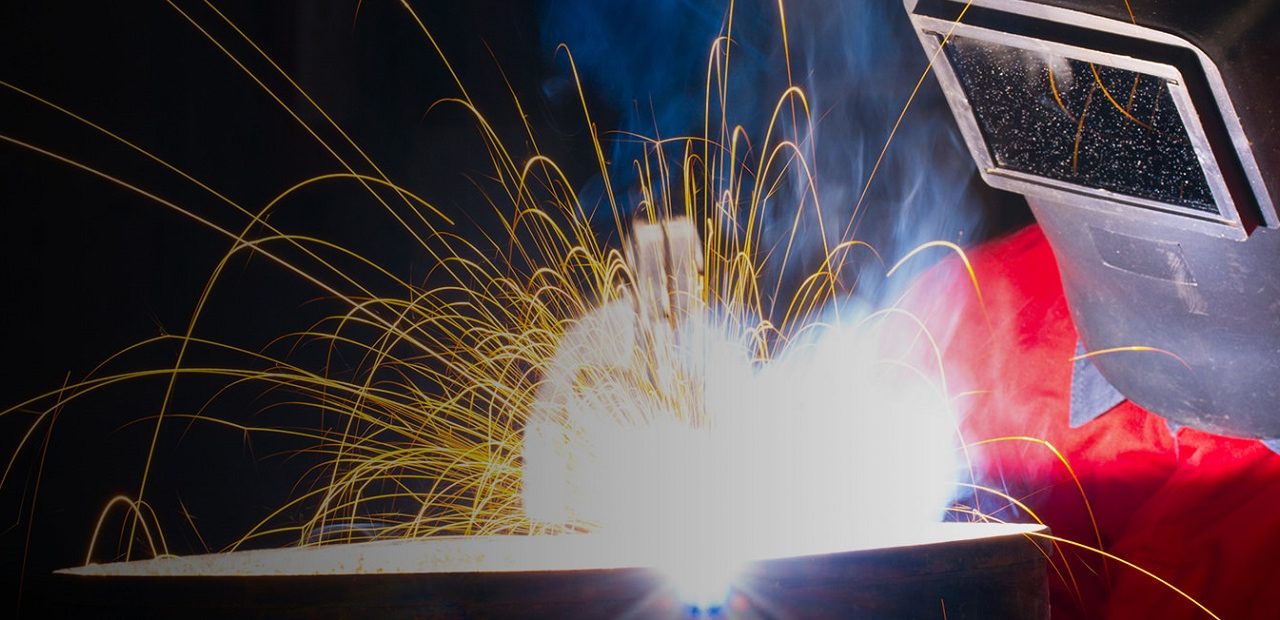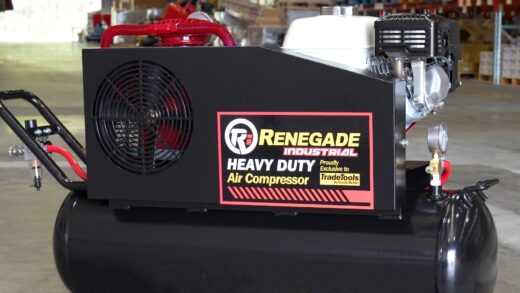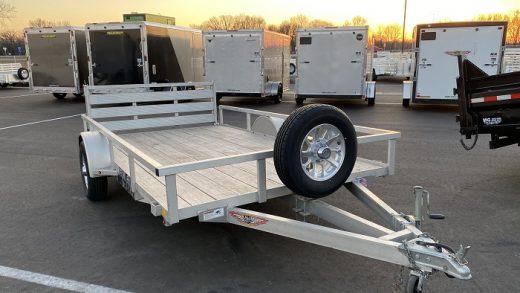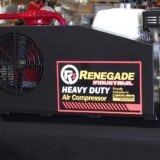How Can You Protect Yourself from Potential Hazards When Welding
A true professional always considers safely a priority. To ensure safety in a working environment where welding takes place, it is necessary to understand what could go wrong and be prepared. Risks linked to weld work include electric shock, eye injury, skin burns and injuries related to the inhalation of toxic fumes. Wearing protective clothing and equipment during all welding operations is mandatory for ensuring safety. There are several essential safety items meant to be utilized while welding and each item comes with different features that render it an extremely beneficial prevention against injuries.
Safety Jackets
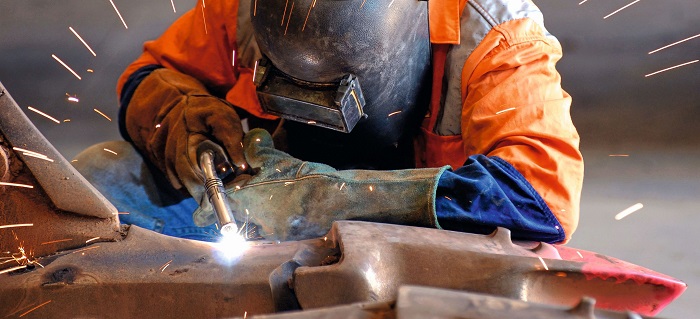
Welding safety jackets are designed to provide protection to the body and arms from the sparks, heat and spatter produced from welding. This protective apparel has achieved significant growth in the assortment of fabrics, durability, comfort and performance capabilities and today you can find a diverse assortment of welding safety jackets that are flame-resistant and offer protection from break-open forces generated by shock waves.
Safety Helmet
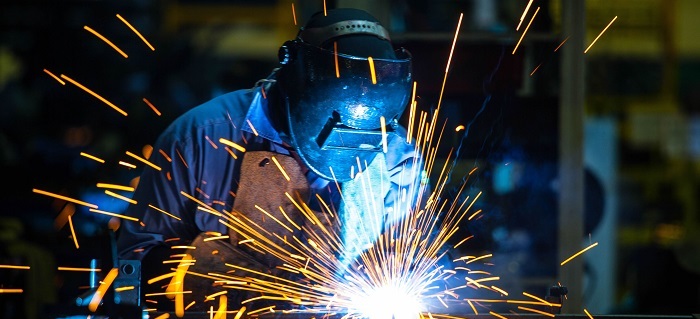
An electric arc is a very powerful source of light, including infrared, visible and ultraviolet, so during all electric welding processes, the person must wear a welding helmet with a suitable filter glass to protect the eyes and face against the intense rays. Filter glasses come with different optical densities to filter out different light intensities, depending on the welding process, welding current and type of base metal. The colour of the lens, which is usually blue, green, or brown, offers extra protection against the intensity of light or glare.
Safety Gloves
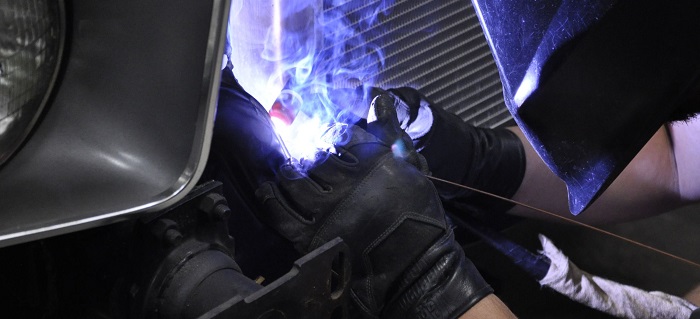
In the welding industry, hand protection represents one of the largest areas of protective apparel. Weight and temperatures of materials handled are the main factors to consider when selecting a welding safety glove. To be right, the glove should provide sufficient coverage and be made of suitable material as to minimize the risks of skin burn that can be caused by spatter, sparks and radiation.
Protective ear and foot gear should also be considered. Footwear helps protect against electric shock, chainsaws, static discharge, electrical conductivity and toe impact while ear gear provides protection from hearing loss.
The selection process for the most appropriate protective clothing for your welding and cutting operation depends on the task size, nature, and location of the work to be done. Knowing what kind of hazards may be present in your work environment will help you choose the appropriate protective gear that can deliver the safety and comfort you want and need.

